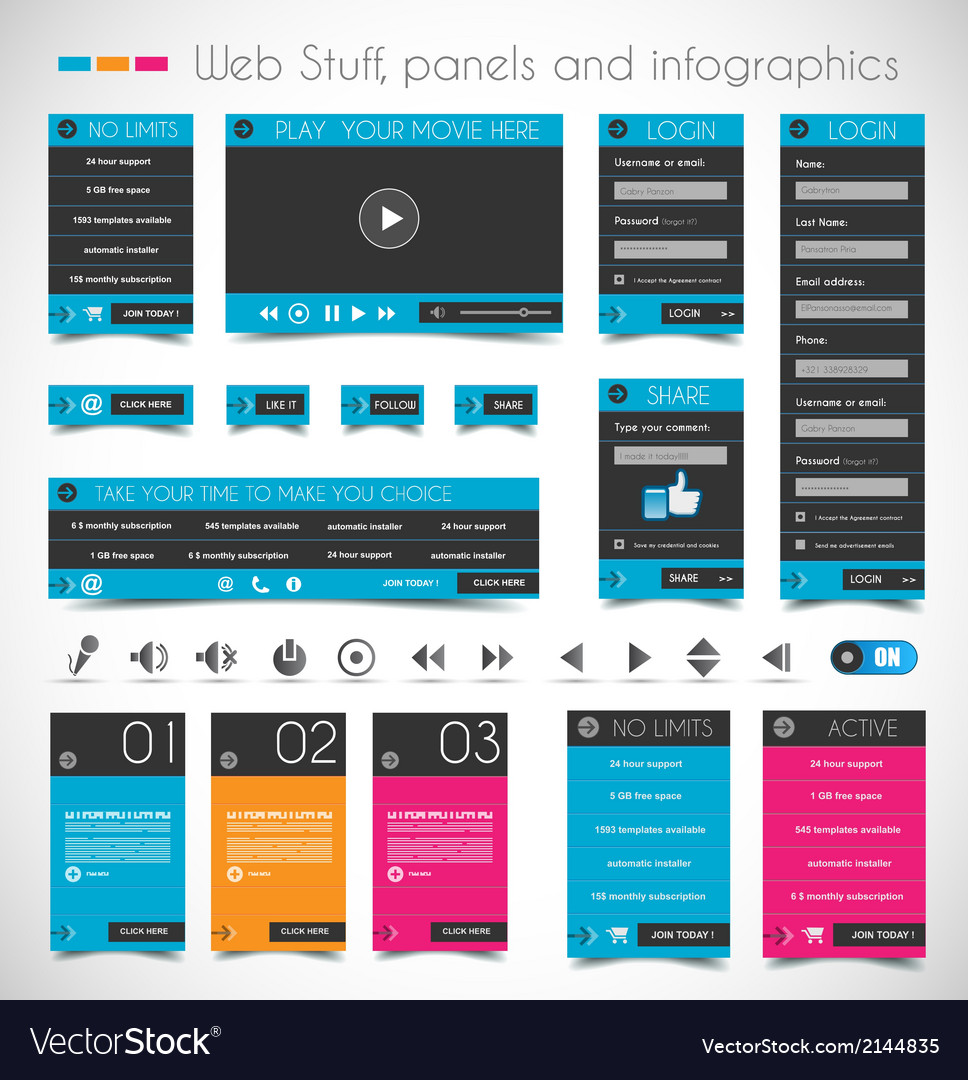Internet Site Layout Fundamentals: Tips For Building A User-Friendly Website
Internet Site Layout Fundamentals: Tips For Building A User-Friendly Website
Blog Article
Web Content Develop By-Aguirre Neville
When it concerns site design, ensuring user-friendliness is crucial. From responsive layout to structured navigating, every element plays a crucial duty in creating a website that deals with your audience's requirements. However what concerning https://www.searchenginewatch.com/2016/04/13/30-quick-and-easy-seo-tips-for-small-businesses/ that can make or damage a customer's surfing experience? Remain tuned as we uncover some often-overlooked suggestions that can raise your internet site's use to the following degree, making it really stick out in the digital landscape.
Value of Responsive Style
Receptive style is an essential aspect of modern internet site growth. Ensuring your site is responsive means that it can adjust to various screen sizes and gadgets, supplying a seamless experience for users.
With the raising use of smartphones and tablets to access the net, having a receptive style is important for getting to a wider target market. It helps in enhancing user experience by making your internet site easy to navigate and keep reading any kind of tool.
Additionally, receptive style can favorably influence your internet search engine rankings, as search engines like Google prioritize mobile-friendly websites. By having a receptive design, you're also future-proofing your web site, as brand-new gadgets with varying display sizes remain to arise.
Simplify Navigation Structure
To improve individual experience and help with simple access to info on your website, improving the navigation structure is vital. When designing your website, concentrate on creating a clear and instinctive navigating menu that assists site visitors locate what they're searching for swiftly.
Limit the number of food selection items to the basics, grouping associated pages together to prevent frustrating individuals. Use visit the site that clearly indicate the content of each page, making it less complicated for individuals to comprehend where each web link will certainly take them.
Take into consideration applying dropdown menus for subcategories to avoid jumbling the primary navigation bar. Additionally, consist of a search bar prominently on the page for customers who choose searching for details info.
Focus on mobile responsiveness in your navigation layout to ensure very easy accessibility on all devices.
Maximize Page Tons Speed
Improving page load speed is crucial for retaining visitors on your website. Slow-loading pages irritate customers and can result in high bounce prices. To enhance page tons speed, beginning by maximizing pictures. Compress pictures without endangering top quality to lower their documents dimensions.
Additionally, enable browser caching to store frequently accessed sources locally, accelerating lots times for returning visitors. Minify CSS, JavaScript, and HTML data by getting rid of unneeded characters, comments, and format, boosting tons rate.
Consider using a content delivery network (CDN) to disperse your site's content across multiple web servers worldwide, minimizing latency for individuals accessing your website from different places. Finally, restrict the use of third-party scripts and plugins, as they can considerably influence tons times.
Final thought
Finally, by incorporating receptive style, simplifying navigating, and optimizing page lots rate, you can develop an user-friendly internet site that attract a broader audience and boosts customer experience. These essential elements ensure that site visitors can quickly access and navigate your site across different devices, leading to increased interaction and complete satisfaction. By focusing on these crucial facets, you can construct a successful web site that maintains customers coming back for more.
